Today, the Estonian Chamber of People with Disabilities organized a thematic day on local elections to draw attention to the challenges affecting the well-being of people with disabilities in Estonia. I was invited to speak about accessibility.
Below is the full text of my speech — because, honestly, I no longer have the strength to stay silent.
I thought for quite a while about whether to come here at all today. Because for a long time now, I’ve had this feeling that — let’s be honest — nothing ever really changes. Or if something is done about accessibility, it drags on endlessly, like an old manor rope, and usually stops halfway. Because, well, “we did something, didn’t we? Isn’t that nice?”
The elections will be over, everyone will get their votes, and then what?
But I came anyway. My conscience wouldn’t let me stay home.
But why did you come here today? I don’t actually know who’s in the room — maybe all the politicians will only arrive for the panel? But if your answer is, “because we care about the well-being of people with disabilities in Estonia,” then, to be honest, it doesn’t really show.
Not a single politician participating in today’s election debate has described the images they post on social media so that blind people can know what’s in them. Most of the videos on their pages don’t even have subtitles, meaning people who are deaf or hard of hearing can’t follow what’s being said. As for sign language interpretation — let’s not even start. True, a few campaign ads do have subtitles, but that’s as far as it goes. videos before the election period do not.
Not a single political party has published an easy-to-read version of its election program so that people who don’t speak Estonian as their first language, who have lower literacy, or who have intellectual disabilities could also understand what is being promised this time.
So what are we even talking about?
I could comfort you by saying this isn’t just a political problem. Many people in Estonia who claim to stand for accessibility also fail to describe their photos or add captions or audio descriptions to their videos. These things are free and take just a few minutes to do. And yet, they’re missing.
Even the program for this very event posted online is just an image — unreadable to blind or deafblind visitors.
Edit: this issue was promptly fixed after my speech.
And when accessibility does happen, it’s usually only when the photo shows disabled people, the video talks about disabled people, or the content is aimed exclusively at disabled people. And then we call it inclusion. But it isn’t.
We’re showing and living two parallel films — “us” and “them.” People with disabilities, and, as one civil servant once accidentally put it, “the normal ones.” So maybe you understand why my strength to come here today was rather small.
Everyone loves to talk, to cut ribbons — but when it’s time to actually do something, most people quietly disappear.
But let’s forget about disabled people for a moment. In Estonia, we still treat accessibility as a “disability issue.” It isn’t!
Dear politician — the accessibility we’re talking about is something you will need very soon. Because you’ll get older, like all of us.
Your children need it now — when they can’t read complex train or bus timetables, or when, eyes glued to a phone, they step into traffic because the audible traffic light doesn’t work and there’s no tactile warning on the pavement.
New parents among you need it too — pushing strollers up endless stairs, curbs, and thresholds.
If you don’t want to think about accessibility for others, then think about it for yourself.
Build a municipality you’d actually want to live in when you’re no longer at your strongest.
Almost every week, I speak to someone who’s broken a leg, fallen ill, or become too weak to climb stairs. Someone who’s with low vision, lost hearing after years in a noisy workplace, or simply feels anxious using a self-service checkout, afraid of pressing the wrong button and being scolded for it.
Many of us will, in a few decades, be grey-haired elders who can’t reach the family doctor because the bus has steep steps, and the clinic itself is on the third floor — with no lift, of course.
If everyone here took off their glasses, most wouldn’t know which bus just arrived at the stop — because there are no audio announcements.
Those watching us online right now — at work, on a train, in a noisy café — rely on subtitles. That too, surprise, is accessibility.
We design accessibility so that we can be independent when we are at our weakest — frightened, confused, sick, stressed, or simply exhausted. Its just that some people are in that position permanently.
So why don’t we support building a society that values accessibility, understands that it benefits everyone, and is absolutely essential for many?
By now, some of you are probably thinking: “If you complain so much, why don’t you go into politics and do something yourself?”
I’ve been asked. Many times. But as an entrepreneur, as CEO of Ligipääsuke, I see real results when people can independently shop online, visit a bank, or enjoy a museum — not when we cut ribbons and congratulate ourselves on being inclusive because we installed a wheelchair swing in a park, which, by the way, was chained up a few days later because some parents didn’t know how to ensure their children’s safety. It’s easier to remove a good solution than to educate people.
Or an alternative approach: “You should build a separate playground for disabled children.” That’s an actual quote from a community Facebook group.
Designing accessibility isn’t easy for us either. One of our clients — a very well-known company — truly wants to be accessible. They have the right mindset: they understand that accessibility is a competitive advantage, and they act on it.
They opened a new office in a modern building — complete with tactile guidance paths, hearing loops, accessible rooms for wheelchair users, they even ran accessible social media ads. There’s an accessible parking space right outside.
But from that parking spot to the front door is 30 meters. The building owner didn’t allow tactile paving there — even though along the way there’s a bike rack, a decorative boulder blocking cars, a scooter stand, and a pole full of information signs. It’s fortunate, if a blind person can get through without bruises or broken bones.
There’s also an underground car park. The building has a large elevator to the office — but to reach it, you must first climb a staircase. They’ve now added a stair climber, but for most mobility aid users it’s unsafe and slow. So our client’s sincere effort becomes meaningless because others — the ones they depend on — don’t move a finger.
So here’s my question: when will we finally stop building large office complexes, public spaces, and infrastructure that fail to meet even basic accessibility standards?
If we did things right from the start, it wouldn’t even cost that much more — and it would look good too!
Instead, we get occasional requests to “help write” an application to nominate some city for the European Accessible City Award — because they’ve run out of ideas but need to fill in the form.
And let’s be honest: even the laws we already have aren’t taken seriously. As one authority responsible for accessibility oversight once admitted at a conference: “We don’t really know how things should be done, so we’re not rushing to fine anyone.”
Come on. A police officer wouldn’t shrug and say, “Yes, you were speeding and you smell of alcohol, but I’m not sure how to process it, so go ahead and drive.”
So why should a business owner bother complying?
“I don’t want those kinds of people here,” one property owner once told me in a meeting. What kind of people? Your parents? Your neighbours? Members of Parliament? Estonia’s respected musicians, actors, entrepreneurs? You yourself — when you’re older and weaker?
You, dear politicians, can change this.
The attitude that accessibility is some sort of charity project.
You can lead by example — by demanding professionally designed accessibility solutions, by showing that your voters also include people with disabilities, by making your own communication accessible.
You can show that ignoring accessibility has real consequences.
You can help build an Estonia where everyone can independently go to school, work, the doctor, the cinema, the pub, the theatre, or the spa.
Let’s talk about money too. Do you realize that when a person can go to work independently, they don’t need as many benefits — they pay taxes instead?
When a person can visit a doctor on their own, nobody else has to take time off work to assist them. When a person can shop or go to a café independently, the municipality spends less on mental health or personal assistance services.
So here’s an idea for your next campaign“
Smart, professional accessibility today saves public money tomorrow.”
And finally, a word to those who need on accessibility every day:
Speak up. Don’t just email disability organizations because “they deal with that stuff.” Talk directly to the people who can actually make change — who are responsible. Push your way, if you have to, all the way to the director of the inaccessible institution. Call your city government. Write to the media. Post on social media showing the problems, the barriers, the situations. Let’s not stay silent. Let’s make noise.
Maybe then things will start to change.
I’m naive. But honestly, I still have a bit of hope.
Damn it — I really, genuinely still do.
reshared this



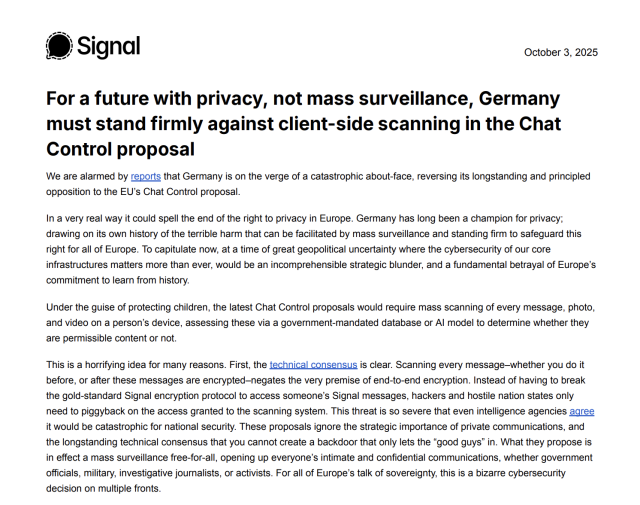
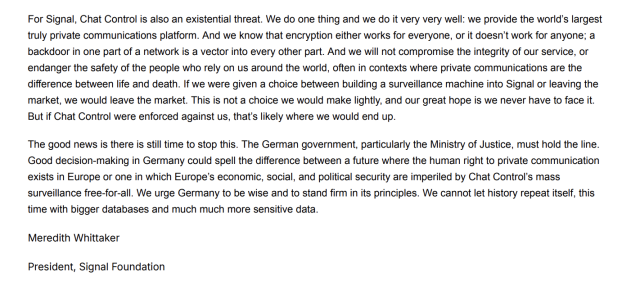

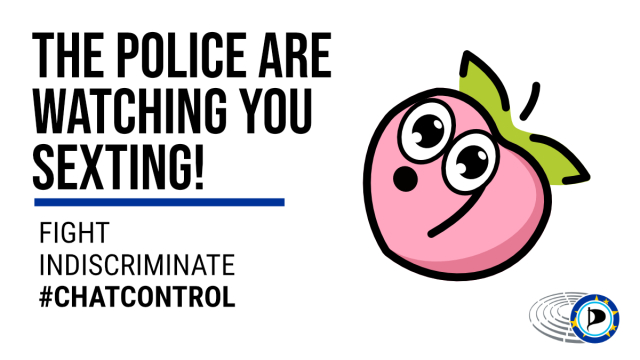


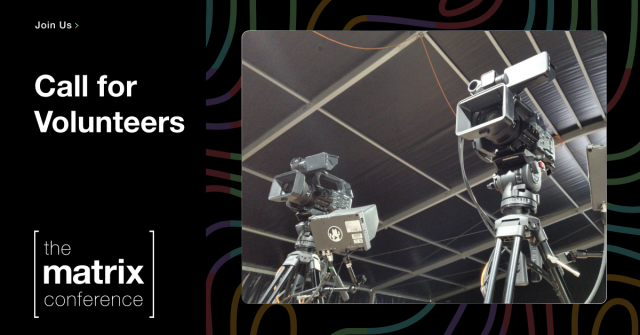
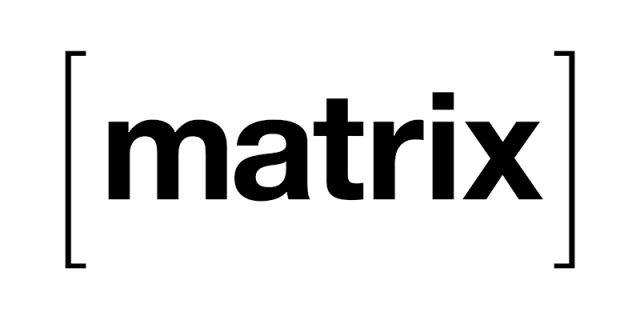
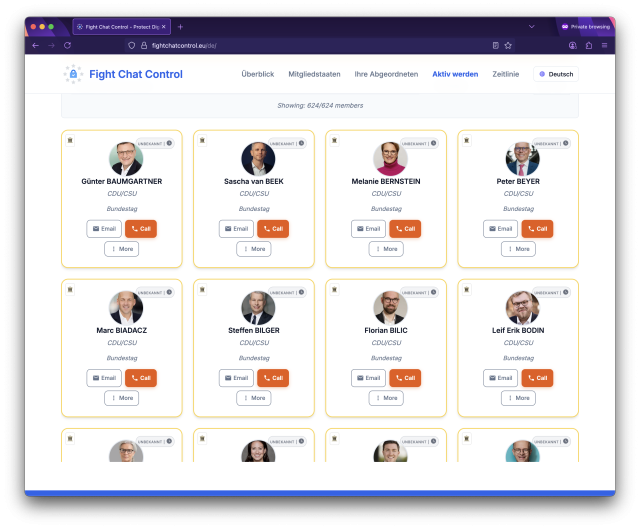


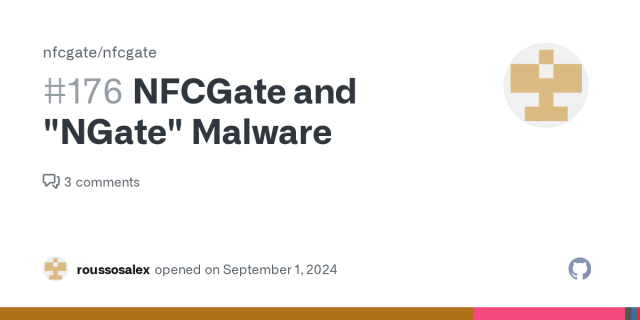
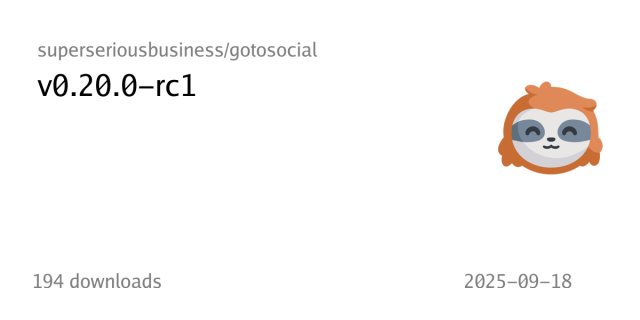
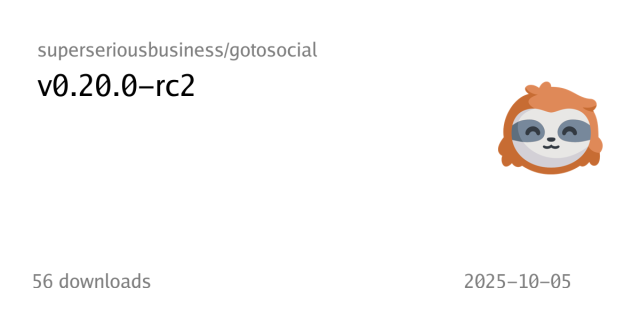
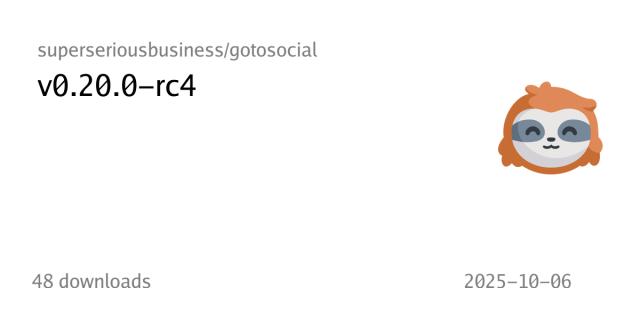
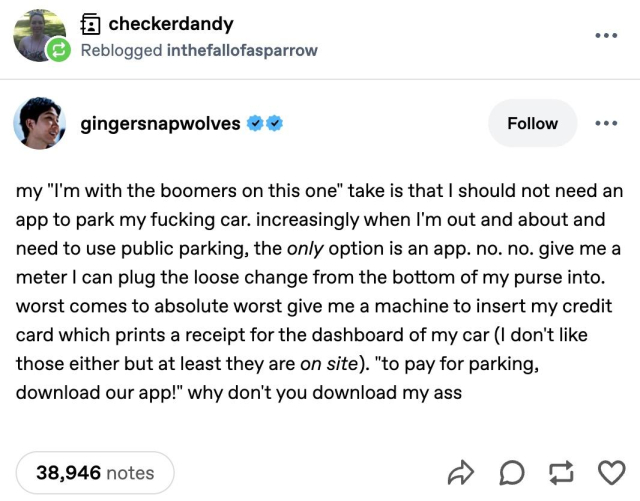



GNOME
in reply to Sturmflut • • •